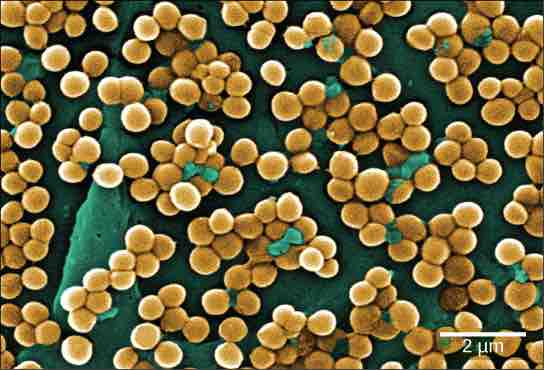Antibiotics: Are We Facing a Crisis?
The word antibiotic comes from the Greek word "anti" meaning "against" and "bios" meaning "life." An antibiotic is a chemical, produced either by microbes or synthetically, that is hostile to the growth of other organisms. Today's news and other media often address concerns about an antibiotic crisis. Are the antibiotics that easily treated bacterial infections in the past becoming obsolete? Are there new "superbugs": bacteria that have evolved to become more resistant to our arsenal of antibiotics? Is this the beginning of the end of antibiotics? All these questions challenge the healthcare community.
One of the main causes of resistant bacteria is the abuse of antibiotics. The imprudent and excessive use of antibiotics has resulted in the natural selection of resistant forms of bacteria. The antibiotic kills most of the infecting bacteria; therefore, only the resistant forms remain. These resistant forms reproduce, resulting in an increase in the proportion of resistant forms over non-resistant ones. Another major misuse of antibiotics is in patients with colds or the flu, for which antibiotics are useless. There is also the excessive use of antibiotics in livestock along with the routine use of antibiotics in animal feed, both of which promote bacterial resistance. In the United States, 70 percent of the antibiotics produced are fed to animals. Because they are given to livestock in low doses, the probability of resistance developing is maximized. These resistant bacteria are readily transferred to humans.
One of the Superbugs: MRSA
The imprudent use of antibiotics has paved the way for bacteria to expand populations of resistant forms. For example, Staphylococcus aureus, often called "staph," is a common bacterium that can live in the human body and is usually easily treated with antibiotics. A very dangerous strain, however, methicillin-resistant Staphylococcus aureus (MRSA) has made the news over the past few years . This strain is resistant to many commonly-used antibiotics, including methicillin, amoxicillin, penicillin, and oxacillin. MRSA can cause infections of the skin, but it can also infect the bloodstream, lungs, urinary tract, or sites of injury. While MRSA infections are common among people in healthcare facilities, they have also appeared in healthy people who have not been hospitalized, but who live or work in tight populations (like military personnel and prisoners). Researchers have expressed concern about the way this latter source of MRSA targets a much younger population than those residing in care facilities. The Journal of the American Medical Association (JAMA) reported that, among MRSA-afflicted persons in healthcare facilities, the average age is 68, whereas people with "community-associated MRSA" (CA-MRSA) have an average age of 23. Reference: Naimi, TS, LeDell, KH, Como-Sabetti, K, et al. Comparison of community- and health care-associated methicillin-resistant Staphylococcus aureus infection. JAMA 290 (2003): 2976–84, doi: 10.1001/jama.290.22.2976.

MRSA, a superbug
This scanning electron micrograph shows methicillin-resistant Staphylococcus aureus bacteria, commonly known as MRSA. S. aureus is not always pathogenic, but can cause diseases such as food poisoning and skin and respiratory infections.
In summary, the medical community is facing an antibiotic crisis. Some scientists believe that after years of being protected from bacterial infections by antibiotics, we may be returning to a time in which a simple bacterial infection could again devastate the human population. Researchers are developing new antibiotics, but it takes many years of research and clinical trials, plus financial investments in the millions of dollars, to generate an effective and approved drug.